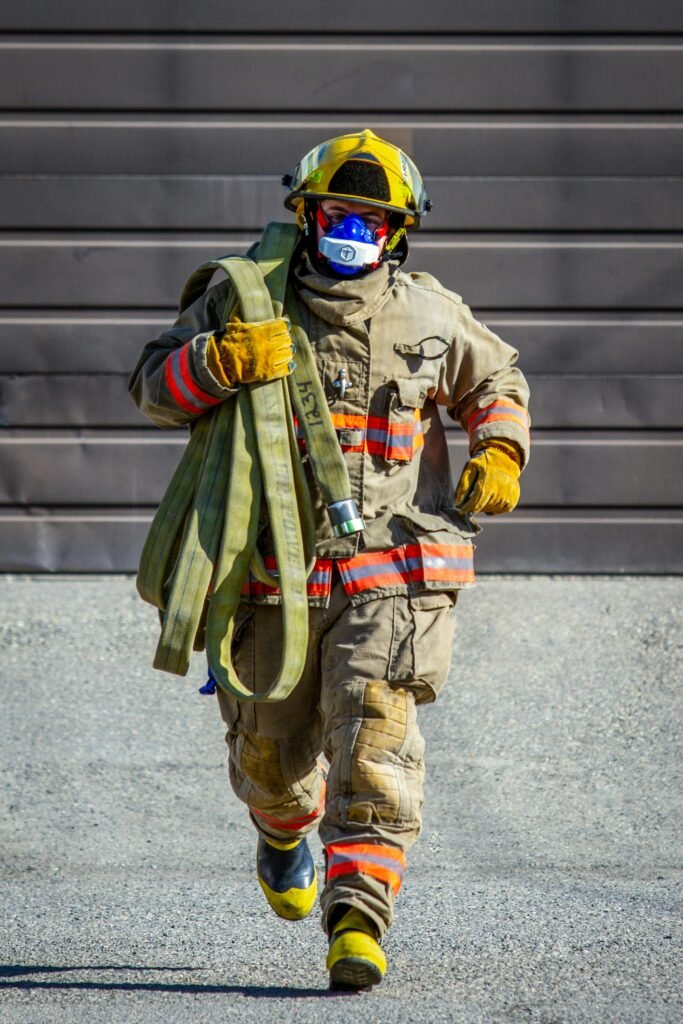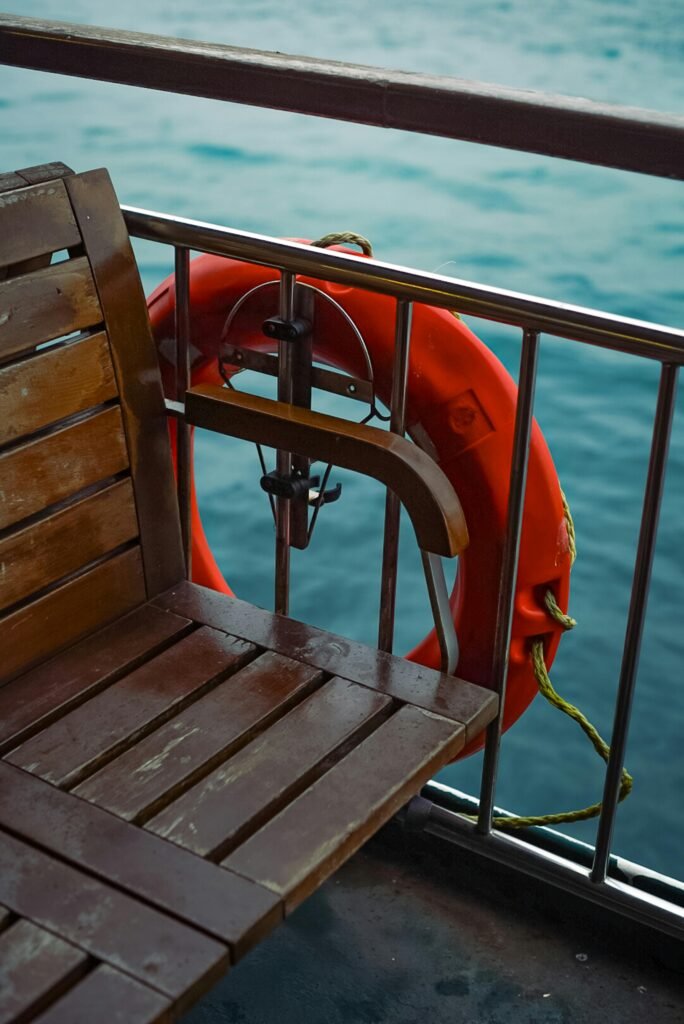Welcome to an informative article on practical steps to ensure fireplace safety in your home. By following these simple yet effective safety measures, you can enjoy cozy nights by the fire with peace of mind. From regular chimney inspections to using the right kind of firewood, we will cover all the essential tips to keep your fireplace safe and functional. Stay tuned for expert advice and valuable insights on maintaining a fire-ready home. Are you looking to keep your home safe and cozy during the colder months? A fireplace can be a wonderful addition to any home, but it also comes with its own set of safety concerns. In this article, we will walk you through some practical steps to ensure fireplace safety. Whether you have a traditional wood-burning fireplace or a gas fireplace, these tips will help you enjoy the warmth and ambiance of your fireplace with peace of mind. Let’s get started!

This image is property of images.pexels.com.
Buy Fireplace Safety Accessories Here
Understanding the Dangers of Fireplaces
Fireplaces can be a major source of warmth and comfort, but they can also pose serious risks if not properly maintained and used. Common dangers associated with fireplaces include chimney fires, carbon monoxide poisoning, and burns from direct contact with the fire or hot surfaces. By understanding these risks, you can take proactive steps to prevent accidents and ensure the safety of your home and family.
Chimney Fires
Chimney fires can occur when creosote, a flammable byproduct of burning wood, builds up inside the chimney and ignites. These fires can quickly spread to other parts of the house, leading to extensive damage and even fatalities. To prevent chimney fires, it is important to have your chimney cleaned and inspected on a regular basis by a professional chimney sweep.
Carbon Monoxide Poisoning
Carbon monoxide is a colorless, odorless gas that can be produced by gas fireplaces when they are not properly vented. Carbon monoxide poisoning can result in symptoms such as headaches, dizziness, nausea, and even death. To prevent carbon monoxide poisoning, make sure that your gas fireplace is installed and maintained by a qualified technician and that you have a working carbon monoxide detector in your home.
Burns and Injuries
Direct contact with the fire or hot surfaces of a fireplace can cause burns and injuries. Keep children and pets away from the fireplace when it is in use, and use a fire screen to prevent sparks and embers from escaping. Make sure that any flammable materials are kept a safe distance from the fireplace to reduce the risk of accidental fires.
Preparing Your Fireplace for Safe Use
Before you start using your fireplace for the season, there are several steps you should take to ensure that it is safe and ready to use. By following these guidelines, you can minimize the risk of accidents and enjoy your fireplace with peace of mind.
Inspect the Chimney and Flue
Before lighting any fires in your fireplace, have your chimney and flue inspected by a professional chimney sweep. They will check for creosote buildup, blockages, and other issues that could pose a fire hazard. It is recommended to have your chimney cleaned at least once a year, or more frequently if you use your fireplace frequently.
Check for Cracks and Damage
Inspect the fireplace itself for any cracks, gaps, or signs of damage. Cracks in the masonry or missing mortar can allow heat and sparks to escape, increasing the risk of a fire. Have any repairs or maintenance work done by a qualified mason to ensure that your fireplace is safe to use.
Install a Chimney Cap
A chimney cap is a metal cover that sits on top of the chimney to prevent animals, debris, and rainwater from entering. It also helps to prevent downdrafts that can push smoke back into your home. Install a chimney cap to protect your chimney and improve the safety and efficiency of your fireplace.
Click Here To Purchase Items For Fireplace Safety
Safe Practices for Fireplace Use
Once your fireplace is ready for use, there are several best practices you should follow to ensure safe and effective heating. By incorporating these practices into your routine, you can enjoy the warmth and ambiance of your fireplace without compromising on safety.
Use the Right Fuel
If you have a wood-burning fireplace, use only seasoned hardwood that has been dried for at least six months. Green or unseasoned wood can produce excessive creosote and lead to chimney fires. For gas fireplaces, follow the manufacturer’s guidelines for fuel and ventilation to prevent carbon monoxide buildup.
Build Fires Safely
When building a fire, use kindling and newspaper to get the flames going before adding larger logs. Avoid using accelerants such as gasoline or lighter fluid, as they can cause dangerous flare-ups. Make sure that the damper is fully open to allow smoke to escape properly.
Monitor the Fire
Never leave a fire unattended, especially if there are children or pets in the home. Keep a close eye on the fire and use a fireplace toolset to adjust the logs as needed. Use a fire screen to contain sparks and embers, and make sure that the fire is fully extinguished before going to bed or leaving the house.
Additional Safety Measures
In addition to the steps outlined above, there are several other safety measures that you can take to further reduce the risks associated with using a fireplace. These measures can help you create a safe and comfortable environment for your family while enjoying the benefits of a fireplace.
Install Smoke and Carbon Monoxide Detectors
Smoke detectors are essential for alerting you to the presence of smoke or fire in your home. Make sure that you have working smoke detectors installed on every level of your home, including near the fireplace. In addition, install carbon monoxide detectors near gas appliances and sleeping areas to monitor for this silent killer.
Create a Fire Escape Plan
In the event of a fire or other emergency, it is important to have a clear and practiced fire escape plan in place. Identify two ways out of every room in your home, designate a meeting spot outside, and practice your escape plan with all family members. Make sure that everyone knows how to safely exit the home in case of a fire.
Keep Fire Extinguishers Handy
Have at least one ABC-rated fire extinguisher on each level of your home, including near the fireplace. Make sure that all family members know how to use a fire extinguisher and that it is properly maintained and charged. In the event of a small fire, a fire extinguisher can help you quickly and safely put it out.

This image is property of images.pexels.com.
Conclusion
By following these practical steps to ensure fireplace safety, you can enjoy the warmth and comfort of your fireplace with peace of mind. From understanding the dangers of fireplaces to preparing your fireplace for safe use and following best practices, there are many ways to reduce the risks associated with fireplace use. Remember to stay vigilant, practice safe habits, and be prepared for emergencies to keep your home and family safe this winter. Stay warm and stay safe!




